Scientists discover new electronic states in graphene that could pave the way for more efficient, error-free quantum computers.
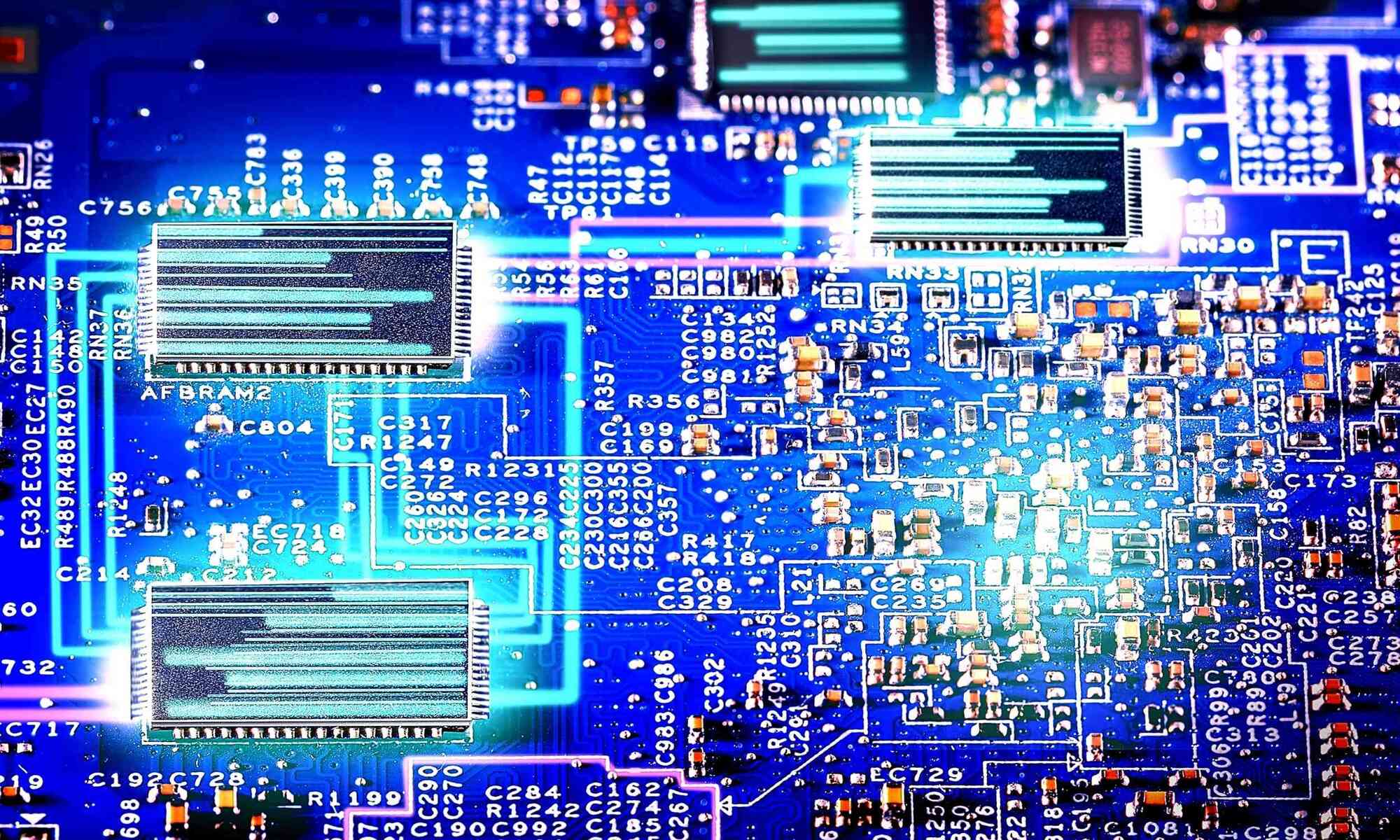


The startup behind Chicago’s more than $1 billion quantum computing deal said operations are expected to start in three years, a win for Illinois Governor JB Pritzker, who backed the investment and is widely seen as a potential presidential candidate.
PsiQuantum Corp. will start construction at the state’s new quantum and microelectronics park in the South Side of Chicago later this year, Chief Executive Officer Jeremy O’Brien said in an interview at Bloomberg’s Chicago office. The supercomputer — one of two utility-scale, fault-tolerant machines the company is building globally — is expected to be online in 2028, he said.
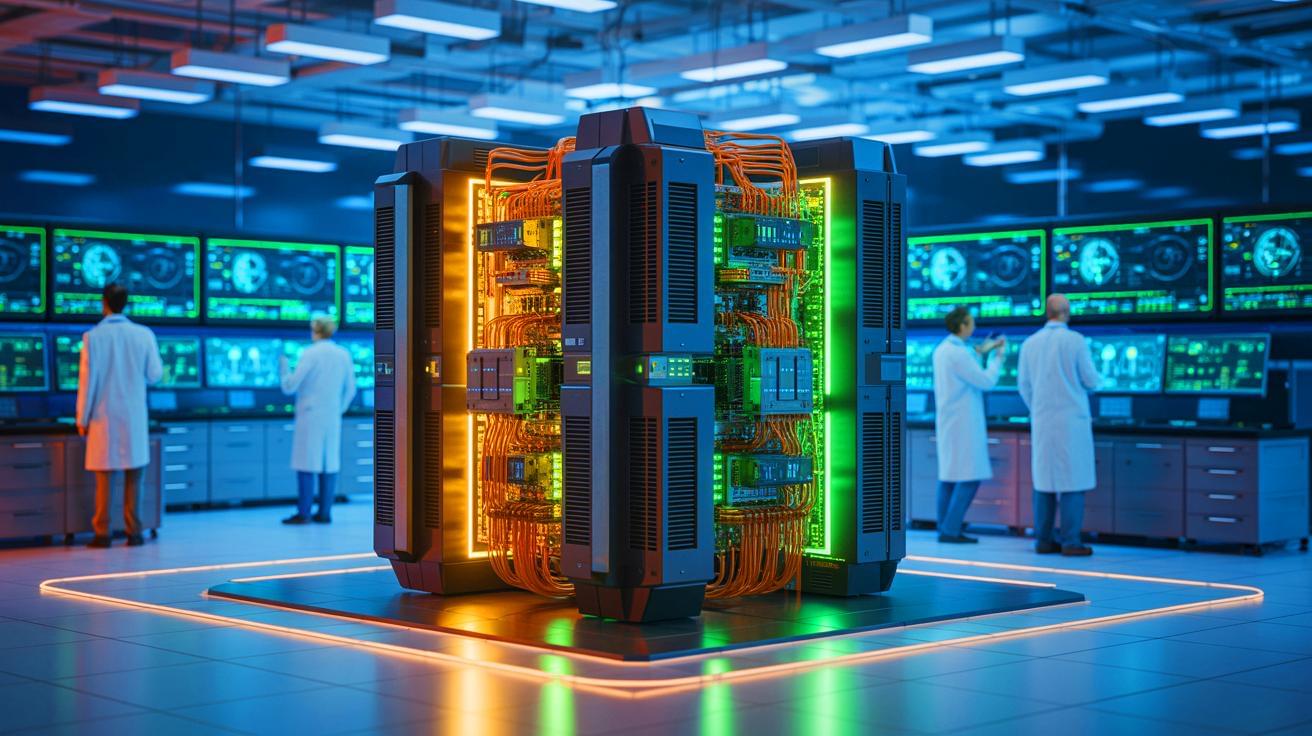
IN A NUTSHELL 🚀 Nexus, a $20 million supercomputer, is set to transform U.S. scientific research with its AI power. 🔬 Designed for accessibility, Nexus democratizes high-performance computing, allowing researchers nationwide to apply for access. 🌐 Georgia Tech, in collaboration with the NCSA, is creating a shared national research infrastructure through Nexus. 📈 With unprecedented
What will we build? How will humanity expand and conquer the stars? Embark on this incredible audio-visual journey to find out…
Music:
Intro: ‘Helios’ by Scott Buckley.
Video: ‘Discovery’ by Scott Buckley.
Links:
• ‘Helios’ [Cinematic Orchestra CC-BY] — Sco…
• ‘Discovery’ [Epic Cinematic CC-BY] — Scott…
@ScottBuckley.
Patreon: / stargaze908
TikTok: / stargaze_youtube.
Discord: / discord.
Shorts: / @stargazeshorts.
00:00 — Intro.
00:50 — Dyson Swarm.
01:19 — Dyson Sphere.
02:18 — Supercomputer.
02:51 — Orbital Rings.
03:48 — Terraforming.
05:19 — Ringworld.
06:18 — Cosmic Engineering.
Like & Subscribe if you liked the video!
Thanks for watching!
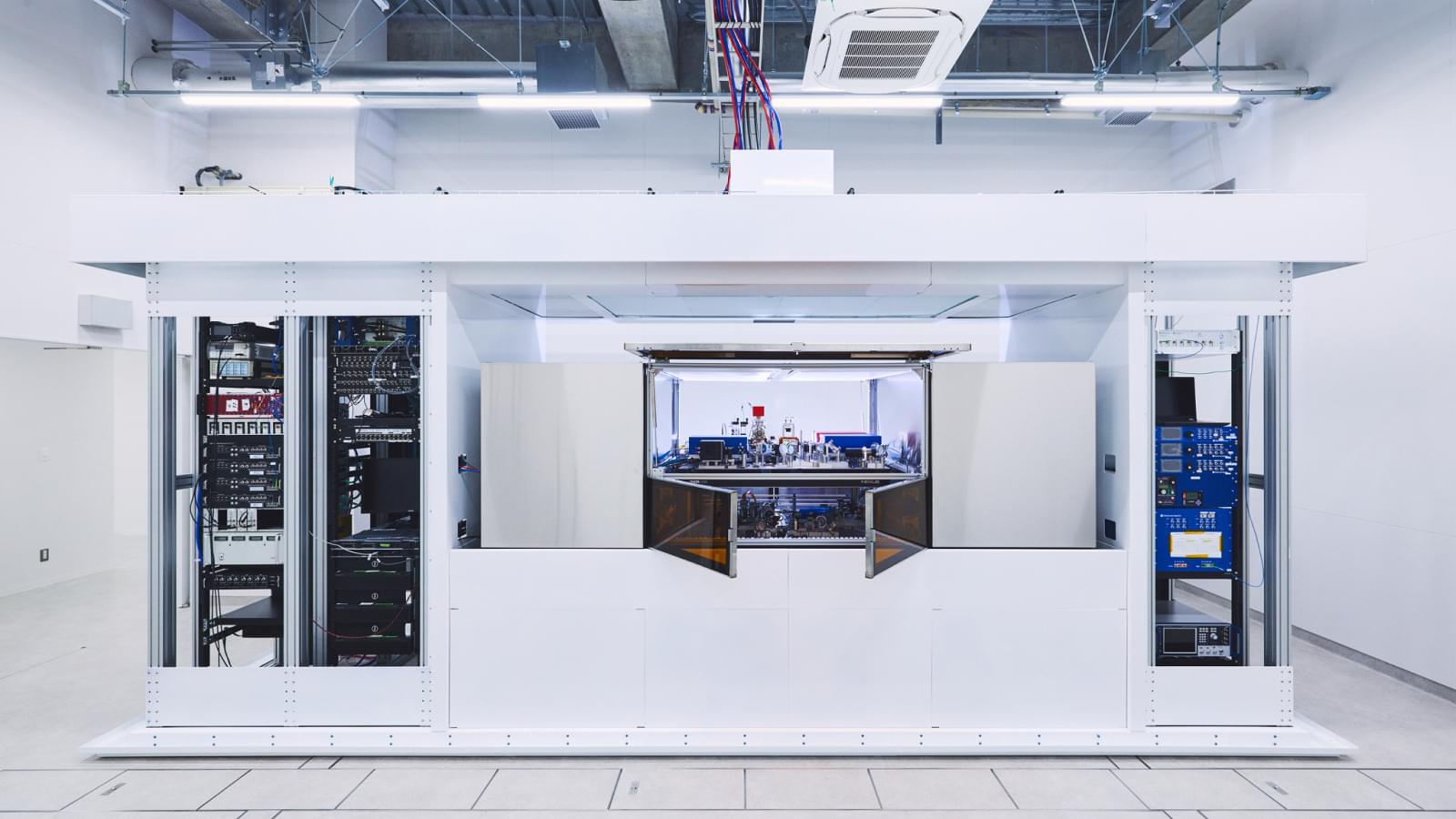
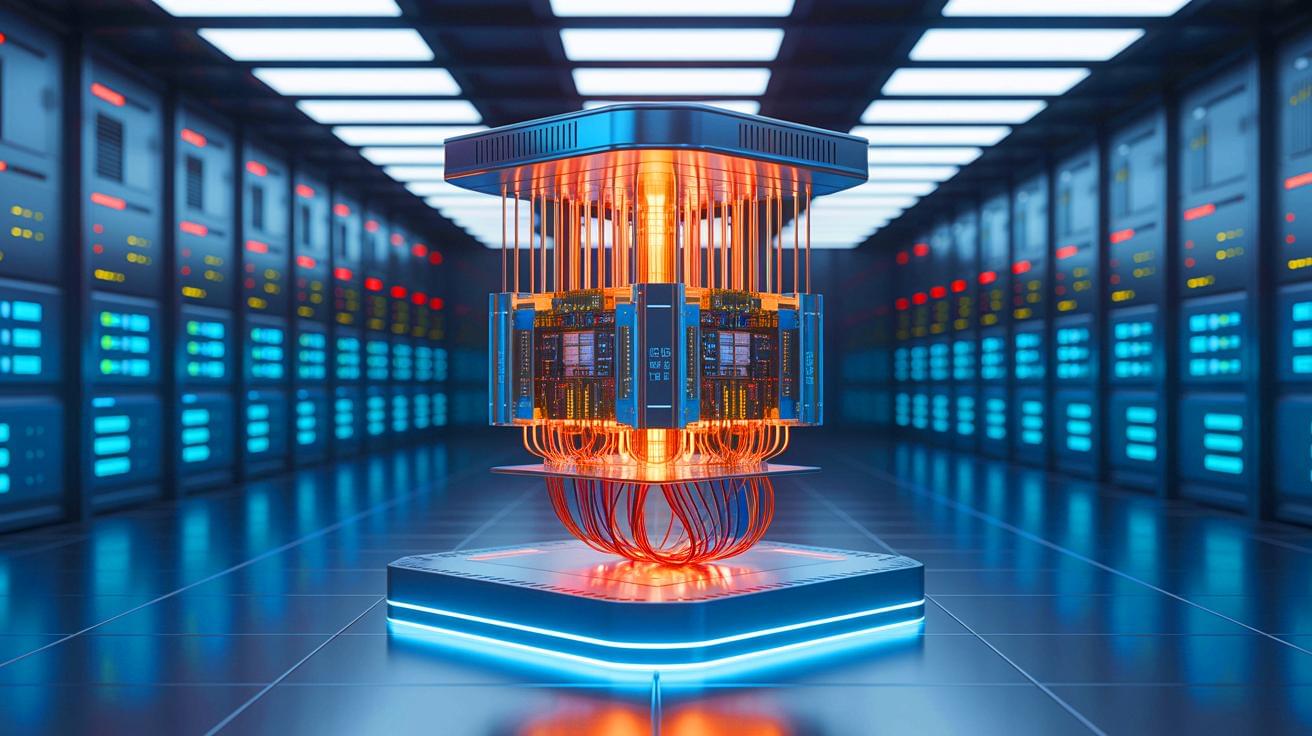
IN A NUTSHELL 🚀 Nord Quantique introduces a revolutionary bosonic qubit design that integrates error correction directly into its structure. 🌱 The new quantum computers are significantly energy-efficient, using only a fraction of the power required by traditional systems. 🔧 Utilizing multimode encoding, Nord Quantique’s system achieves a 1:1 ratio of physical to logical qubits.
Tesla’s technological advancements and strategic investments in autonomous driving, particularly in its Full Self-Driving technology, are giving the company a critical and potentially insurmountable lead in the industry ## Questions to inspire discussion.
Tesla’s AI and autonomous driving advancements.
🚗 Q: When will Tesla’s Dojo 2 supercomputer start mass production? A: Tesla’s Dojo 2 supercomputer is set to begin mass production by the end of 2025, providing a significant advantage in autonomous driving and AI development.
🧠 Q: How does Tesla’s AI system Grok compare to other AI? A: According to Jeff Lutz, Tesla’s AI system Grok is now the smartest AI in the world and will continue to improve with synthetic data training.
🚕 Q: What advantages does Tesla have in autonomous driving development? A: Tesla’s Full Self-Driving (FSD) technology allows the company to collect and use real-world data for AI model training, giving it a significant edge over competitors relying on simulated or internet data.
Tesla’s Operational Excellence.
Questions to inspire discussion.
🚀 Q: How might Elon Musk’s diverse projects contribute to Tesla’s value? A: Musk’s involvement in AI, energy, transportation, and communication through projects like Tesla, SpaceX, and Neuralink demonstrates his capacity to make progress on multiple fronts, potentially creating significant value for Tesla.
Political Involvement and Economic Strategy.
🏛️ Q: Why is Elon Musk getting involved in politics? A: Musk’s political involvement aims to create a better political system on Earth, addressing the unsustainability of US government spending and debt to avoid a fiscal doom loop.
📊 Q: What is Musk’s strategy to improve the US economy? A: Musk plans to accelerate GDP growth through AI-driven growth, humanoid bots, and reducing government spending and waste, potentially breaking free from the constant 7% growth line of the US stock market.
💰 Q: How could reducing government spending benefit the economy? A: By cutting wasteful spending and implementing a balanced budget requirement, the US could potentially grow its economy faster than its spending, reducing interest costs and freeing up money for other investments.
Dark matter is one of nature’s most confounding mysteries. It keeps particle physicists up at night and cosmologists glued to their supercomputer simulations. We know it’s real because its mass prevents galaxies from falling apart. But we don’t know what it is.
Dark matter doesn’t like other matter and may prefer its own company. While it doesn’t seem to interact with regular baryonic matter, it could possibly react with itself and self-annihilate. It needs a tightly-packed environment to do that, and that may lead to a way astrophysicists can finally detect it.
New theoretical research outlines how this could happen and states that sub-stellar objects, basically brown dwarfs, could host the process. The research is titled “Dark dwarfs: dark matter-powered sub-stellar objects awaiting discovery at the galactic center,” and it’s published in the Journal of Cosmology and Astroparticle Physics. The lead author is Djuna Croon, a theoretical physicist and assistant professor in the Institute for Particle Physics Phenomenology in the Department of Physics at Durham University.
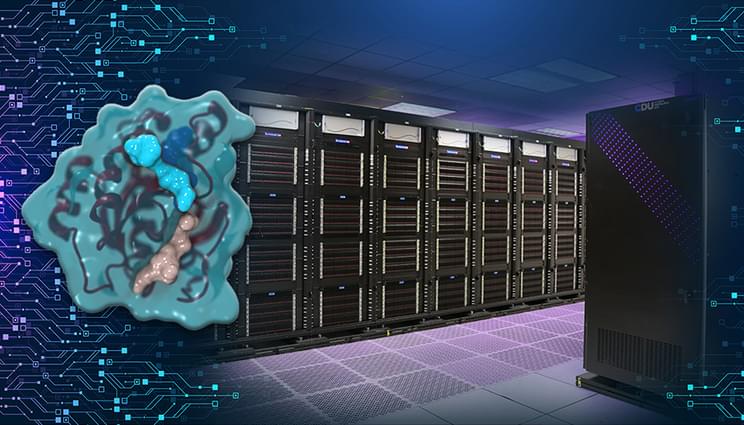
A new cancer drug candidate developed by Lawrence Livermore National Laboratory (LLNL), BBOT (BridgeBio Oncology Therapeutics) and the Frederick National Laboratory for Cancer Research (FNLCR) has demonstrated the ability to block tumor growth without triggering a common and debilitating side effect. In early clinical trials, the compound, known as BBO-10203, has shown promise in disrupting a key interaction between two cancer-driving proteins — RAS and PI3Kα — without causing hyperglycemia (high blood-sugar levels), which has historically hindered similar treatments. Published in Science